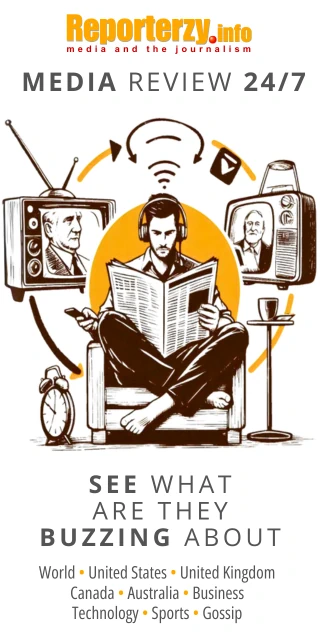 illustration: DALL-E
illustration: DALL-EShe believes society must recognize that children and teenagers are especially vulnerable. Lembke called for smartphones to be removed from schools, especially in early education. She argued that kids should have space to learn and grow without distractions, and teachers should be free to teach. According to her, a phone in a child’s pocket acts like a “digital drug.”
Families, she said, should delay giving children personal devices and use basic phones instead. Monitoring online activity is key. But individual responsibility isn’t enough — Lembke called for systemic action. She proposed age verification laws, algorithm changes, and less addictive app design. Not everything will work, she admitted, but doing nothing isn’t an option.
Lembke also explained that the way societies frame addiction matters. If people treat it as a brain disease, those affected are less stigmatized and more likely to seek help. In contrast, when addiction is shamed, individuals hide their problems and avoid treatment.
She pointed out that China was the first to officially recognize gaming disorder. Chinese authorities classified it under the WHO and launched dedicated treatment centers. The U.S., by comparison, has been slower to address digital addiction, though it leads in treating substance abuse.
Lembke said it`s hard to know how many people will develop media-related addictions, but she estimates it could affect 10 to 20 percent of the population - similar to drug and alcohol addiction rates. She also observed that modern life exposes people to more addictive stimuli than ever: processed food is engineered to be irresistible, social media manipulates social rewards, and even shopping and gaming have become more stimulating.
As technology becomes more immersive, she said, people need to understand the risks. Most will self-regulate, but some won`t. Lembke urged society to act before the damage spreads further.
***
Based on an interview with Anna Lembke for PAP Polska Agencja Prasowa (Nauka w Polsce)
COMMERCIAL BREAK
New articles in section Media industry
Advertising market 2025. Poland, Europe and the World
Marcin Grządka
The global advertising market is growing by 8.8% in 2025 and will reach a value of 1.14 trillion dollars. The industry result in Europe records slightly lower dynamics, at the level of 5.8%. In this comparison, Poland performs clearly above the average. We will record an increase of 8.9% this year and a value of 18.56 billion PLN - estimates WPP Media in the annual report "This Year Next Year".
The print media market 2025. Three global trends
Krzysztof Fiedorek
The market value is 359.53 billion dollars, yet the erosion is visible to the naked eye. The decline for newspapers will amount to -2.3 percent. Despite this, print retains strength: it generates 76 percent of subscription revenues and enjoys 82 percent consumer trust. The future of the industry is defined by hybrid strategies and niche specialization.
Journalism in the age of AI. Why people prefer humans over machines
Krzysztof Fiedorek
Only 12% of people accept news created solely by AI, while 62% prefer those written by humans. At the same time, only 19% notice labels indicating the use of artificial intelligence, while younger audiences ask AI to explain the content to them. These are the findings of the Reuters Institute report on artificial intelligence in media.
See articles on a similar topic:
Television, Trends, and Viewer Habits. EBU Report
Krzysztof Fiedorek
Young Europeans watch television for an average of only 72 minutes a day, and in some countries, less than 30 minutes. Traditional television is giving way to TikTok, Netflix, and YouTube. Viewer habits are changing dramatically before our eyes. What does this mean for the future of media?
Work in the media. We have more recruitment offers at Reporterzy.info [LINK]
AUTOPROMOCJA Reporterzy.info
Thanks to cooperation with the recruitment website Talent.com, the database of recruitment advertisements published in Reporterzy.info has been significantly enriched. We invite you to browse current job offers and internships in the media and advertising industry from the largest Polish cities.
We Trust AI-Generated Fake News More Than Human-Created News
KrzysztoF
Generating and spreading misinformation with AI can negatively affect various areas of life, including global healthcare. To examine how AI-created text impacts the comprehension of information, researchers from the University of Zurich analyzed tweets generated by GPT-3.
Hate speech is contagious and leads to harm [EXPERT OPINION]
Karolina Kropiwiec
‘If we are in an environment where certain groups of people are insulted, there is a high probability that we will start using such language ourselves; hate speech is contagious and its consequence is someone's harm,’ says Dr. Michał Bilewicz from the Centre for Research on Prejudice at the University of Warsaw.






























